Gardening in Container Boxes and Lessons Learned

by
Sekula Family Farms
(IC: professional)
The spring prior to moving into our new home, we had a small 9' X 18' in-ground garden at our rent house. We built that garden from a load of river dirt boxed in with railroad ties. Of course, unbeknownst to us, our soil turned out to be full of seed and the garden rapidly became over run with weeds to the point where we couldn't keep up - it didn't help that we built it on top of an old hay field. We quickly became disillusioned with the idea of having to weed a large garden, climbing in and out of rows trying to pick vegetables, all the while worried about snakes and other things being in the garden. There had to be a better way!
When it came time to start our garden at the new place, Amber and I stumbled across a nursery just south of Floresville - Cooper's Garden Place - where we happened to talk to the owner about our past gardening experience. He mentioned trying raised garden boxes instead and even showed us a few that they had their own garden in. We were very intrigued so we went home and came up with a design using cedar to build our own garden boxes. After a trip to the lumber yard, we built 6 of them in an afternoon and I was feeling pretty handy!
We boxed in a section on the southwest side of house with railroad ties...if you haven't noticed, we really like those things...laid out some landscape fabric to help us with the weeds and filled the whole area with a 6 inch layer of mulch as our base. We thought about gravel but in the end, the mulch was much more cost efficient. We laid out our 6 boxes directly on top of the mulch and filled them with garden soil.
We went back to Cooper's to buy our vegetables and when it came time to get some fertilizer we noticed that they didn't have any! In our limited gardening experience, Miracle Gro was the only fertilizer we recognized and what kind of nursery doesn't carry Miracle Gro...an organic one! OK so I have to say by this time, we had become weekly visitors to Cooper's so you can imagine the look the owner gave us when we had only just realized that they were an organic nursery. He asked if we had ever tried using compost and organic fertilizer (he is a great salesman I have to say) but again we were intrigued by the idea of growing organically and took home 2 bags of turkey poop compost and a bag of Medina Hasta Gro organic fertilizer. We spread it into the garden soil and planted our vegetables as usual.
When it came time to start our garden at the new place, Amber and I stumbled across a nursery just south of Floresville - Cooper's Garden Place - where we happened to talk to the owner about our past gardening experience. He mentioned trying raised garden boxes instead and even showed us a few that they had their own garden in. We were very intrigued so we went home and came up with a design using cedar to build our own garden boxes. After a trip to the lumber yard, we built 6 of them in an afternoon and I was feeling pretty handy!
We boxed in a section on the southwest side of house with railroad ties...if you haven't noticed, we really like those things...laid out some landscape fabric to help us with the weeds and filled the whole area with a 6 inch layer of mulch as our base. We thought about gravel but in the end, the mulch was much more cost efficient. We laid out our 6 boxes directly on top of the mulch and filled them with garden soil.
We went back to Cooper's to buy our vegetables and when it came time to get some fertilizer we noticed that they didn't have any! In our limited gardening experience, Miracle Gro was the only fertilizer we recognized and what kind of nursery doesn't carry Miracle Gro...an organic one! OK so I have to say by this time, we had become weekly visitors to Cooper's so you can imagine the look the owner gave us when we had only just realized that they were an organic nursery. He asked if we had ever tried using compost and organic fertilizer (he is a great salesman I have to say) but again we were intrigued by the idea of growing organically and took home 2 bags of turkey poop compost and a bag of Medina Hasta Gro organic fertilizer. We spread it into the garden soil and planted our vegetables as usual.
Not even 2 weeks later, our plants were droopy and the soil was rock hard. What the heck! We'd been watering by hand nearly everyday and the boxes all had a 2 inch layer of crusty hard soil on them. Thus, lesson number 1 in organic container gardening (well any gardening) - If the soil turns rock hard, add more compost. The top soil dries out in the heat and the nutrients and living organisms that keep the soil loose die. Compost helps add the nutrients back to the soil after the garden is done using them. We found that a hard crust had developed on top 2 inches soil but the soil underneath was over wet...we'd been watering trying to keep the soil loose, but that was the wrong ingredient. Once we broke that crust up and added compost, the plants looked much better.
Year 2 is here now and we built three more boxes to expand the total from six to nine. We added several inches of compost before planting this year and added a heavy peppering of Medina Hasta Gro fertilizer several weeks before planting. With a little water, the day before, we hand dug all our holes in gloriously loose soil. We could actually FEEL the difference in the soil. The result has been astonishing. We have some of the largest cherry tomato plants I have ever seen and had a very good crop of potatoes!
Enjoyed the project?
Published May 27th, 2014 8:27 AM
Comments
Join the conversation
2 of 3 comments
-
Thank you! Same to you. So far it has been a really great harvest. I hope it keeps going!
 Sekula Family Farms
on May 27, 2014
Sekula Family Farms
on May 27, 2014
-
-
Oh, my @1 result is available, use up and down arrow keys to navigate.Sekula Family Farms.....it sounds like you are having so much fun with this new venture!!......What I have been doing with my raised beds (and I also subscribe to using wood chips for mulch between the beds and woodchip compost as an additive, but this may not work for you if termites are an issue) is at the end of the growing season when gardening 'stuff' goes on sale, is buy all the left overs........mushroom and other kinds of compost and also cotton burr compost. Google it........excellent stuff!!. This is the third summer since I amended my soil and it is an absolute joy to work with. Plants are dark green and it's the first week in October and my organic strawberry plants (new this year) are pushing out blossoms and strawberries like crazy. I called around to hardware stores until I found some that had marked their merchandise way down and some had even taken up storage space for the winter, but were glad to dig them out just to get rid of them. BIG bags of Cotton burr hulls normally selling for $12 were $3 a bag........Most places will wheel and deal with you if you make them an offer..........and don't be shy asking for a quarter what they are usually worth. The worst thing they can say is 'no'. Make sure to talk to the owner or manager, although a sales associate got a really good deal for me at Menards. Don't bother with Walmart........they would rather throw it away than offer more than 25% off.
 Susan Stodola
on Oct 02, 2014
Susan Stodola
on Oct 02, 2014
-



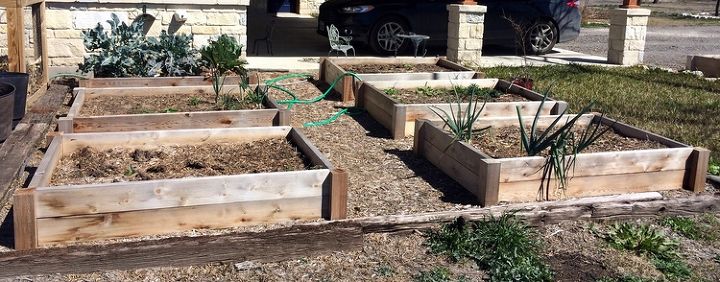
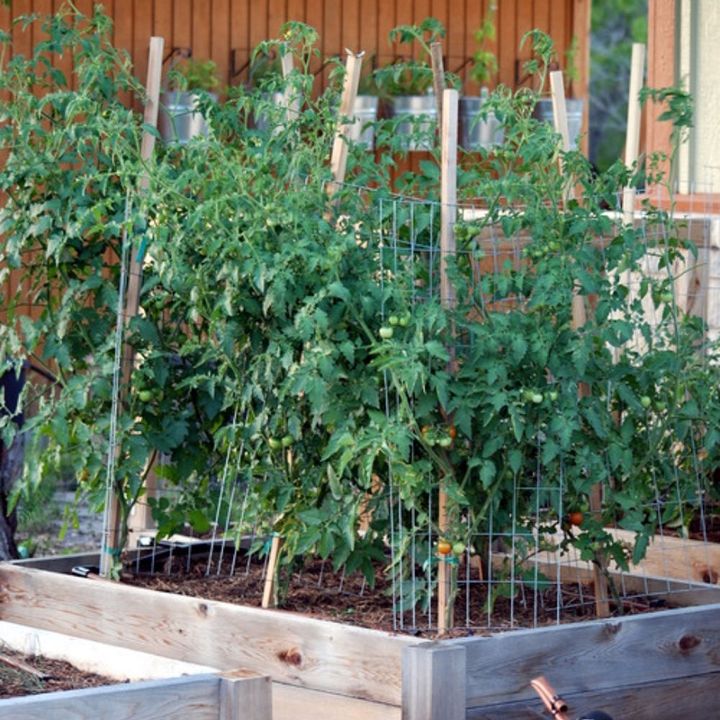
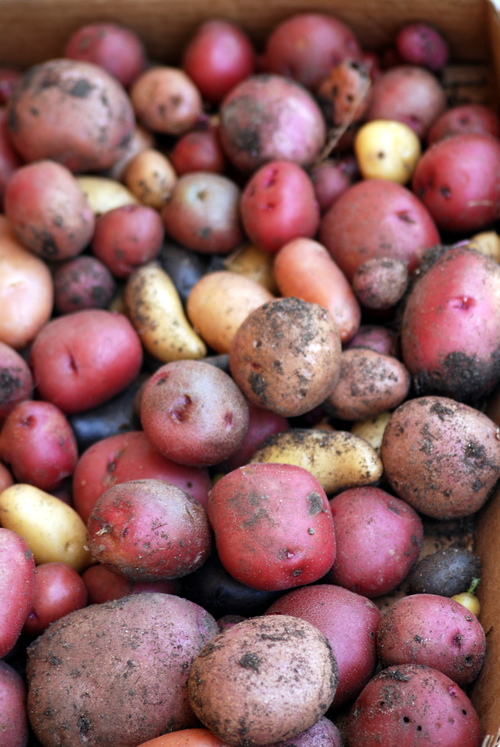
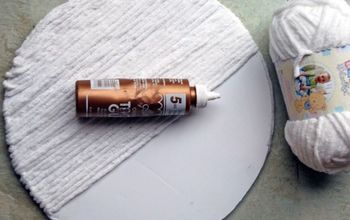
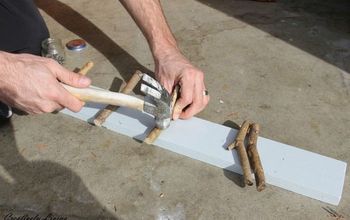

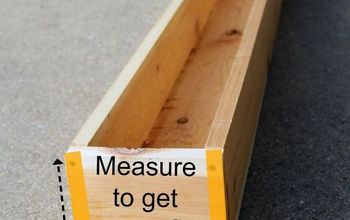
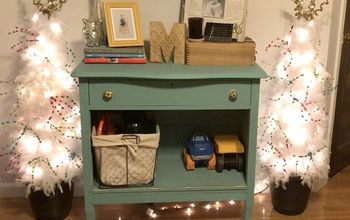
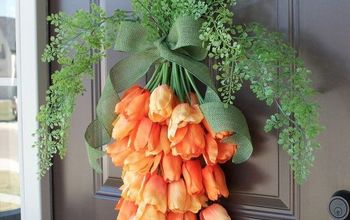
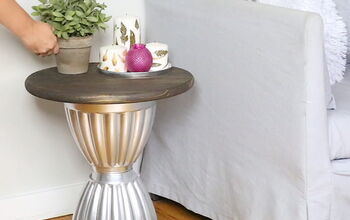
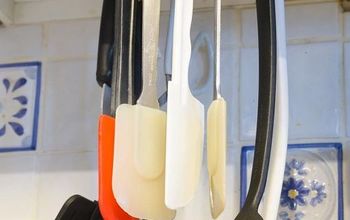
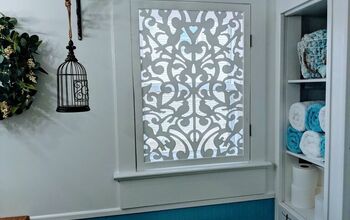




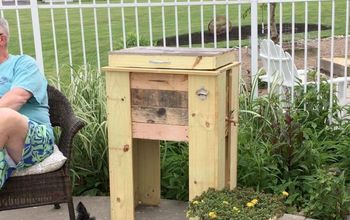






Frequently asked questions
Have a question about this project?